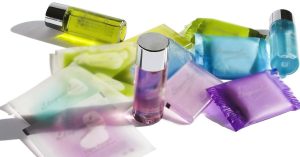Surfactants are key ingredients in many personal care products we use in our daily life. An example is surfactants function as cleansing agents in products such as shampoo and facial cleanser. Sodium Lauryl Sulfate (SLS) and Sodium Lauryl Ether Sulfate (SLES) are some of the earlier generation surfactants. One of the issues that plagued the use of SLES in personal care products is due to the by-product, 1,4-dioxane, generated. 1,4-dioxane is a suspected carcinogen and there are increasing number of laws set to regulate its level in products.
Concerns of Sulfates and Sulfo-Related Surfactants
It is anticipated that formulators will shun away from sulfates and consequently sulfo-related surfactants such as sulfonates. Apart from the concerns on 1,4-dioxane from SLES, sulfonates such as Alpha Olefin Sulfonates (AOS), Sodium Methyl 2-Sulfolaurate and Disodium 2-Sulfolaurate also have issues. Sodium Methyl 2-Sulfolaurate and Disodium 2-Sulfolaurate are known to contain methanol (a toxic alcohol). Hence, Japan and Thailand regulatory bodies have prohibited the sale of personal care products containing methanol. Moreover, AOS contains a carcinogen, 1,4-sultone.



